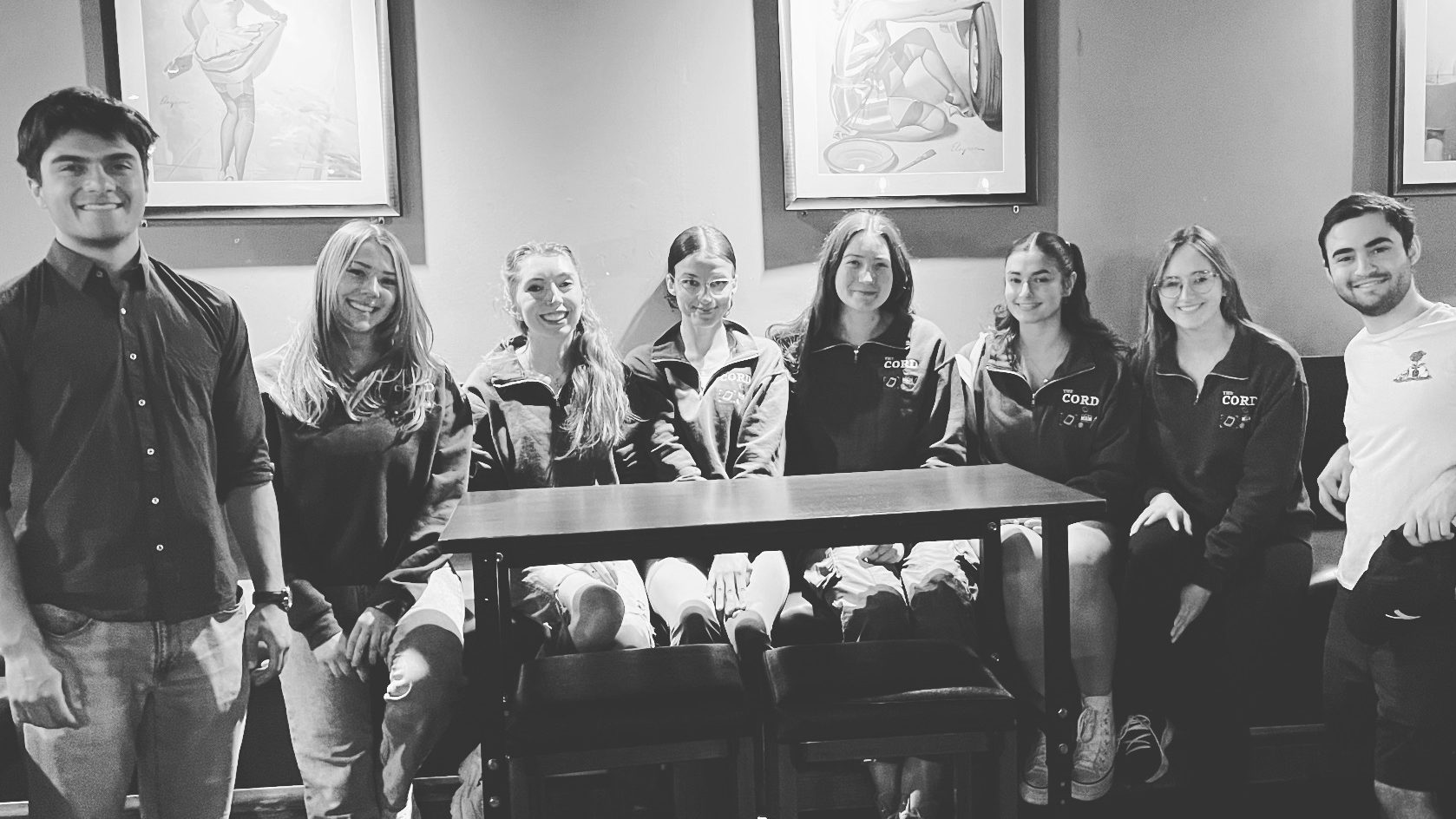In 2011, 5.4 per cent of the employed labour force regularly commuted by transit in the Kitchener-Cambridge-Waterloo area, according to the National Household Survey conducted by Statistics Canada.
The Region of Waterloo has plans to open a new transit hub at King Street and Victoria Street in Kitchener.

The multi-modal hub will sit on four and a half acres of property and will integrate Go Train service, Via Rail, Grand River Transit, Greyhound and Light Rail Transit ION system.
“Plans are to combine all of that with commercial and multi-residential development to create a really vibrant transportation, living and commercial space right in the heart of Kitchener-Waterloo,” said regional councillor Sean Strickland.
But according to Rob Horne, commissioner of planning, housing and community services for the Region of Waterloo, it’s due to this potential for residential and commercial development that the hub won’t be developed for five or more years.
“We’ll be going out likely for proposals in the next year to two years,” he continued. “That just takes time.”
The hub will help assist with the provincial government’s commitment to bring full-day, two-way Go Train service between Waterloo Region and the Greater Toronto Area, which Horne said is important to the region for economic reasons.
“If we can set the stage with a really good transit hub, then it just helps us big time,” he said.
While Horne said the hub is meant to make transit both more efficient for those who use it already and attractive to those who don’t, it’s also part of a bigger picture.
“We want to build Grand River Transit to make sure that people who live in the subdivisions toward the boundaries of the cities have ready access to Grand River Transit and they can transfer easily as well.”
Over the last number of years, GRT has been working on many service improvements, such as the addition of iXpress routes that have fewer stops and are more direct.
Reid Fulton, supervisor of transit development at GRT, explained that they’ll be continuing to add to and adjust these routes to help connect neighbourhoods to the new ION system, which began construction on August 21.
“The sort of biggest change that’s taking place over the next few years is going to be the introduction of the ION rapid transit system,” he said.
“That’s going to change where people live and work in the region.”
According to Fulton, these changes to transit are a response to growth in ridership as well as a means of growing ridership further.
GRT ridership has doubled over the last 10 years, from 11.2 million in 2003 to over 22 million in 2013. This is over six per cent growth per year consistently during the entire last decade. Over 9,000 adult passes were in circulation each month in 2013 on average.
“At the end of the day, what we’re trying to accomplish is a more competitive transit system that provides better options for people to get to place to place,” Fulton said.
In the spring, for example, GRT added the 203 iXpress which takes riders from the Cambridge Centre, through the Cambridge business park and into the Sports World area. In the fall, this will be extended to Conestoga College.
Fulton explained that this is a link that was never provided before and will also feed into the ION corridor.
Despite all these changes, Horne said people will always continue to use their cars.
Now, however, “they will have an increasingly improved choice, in terms of the frequency and the geography that they’re afforded.”
“That said, we do have our challenges,” Horne continued.
“Council has limited funding and we try to grow the system and that’s not always easy, especially because we’re growing so quickly.”
Going forward, Horne said the region needs to get rapid transit in place and have that well-coordinated with GRT.
“So that everybody in the community looks at transit as a very serious and attractive alternative for them to use and the way that is the norm for people to get around the cities.”
The changes in transit will also impact urban planning. In the past, Strickland explained, communities grew around the automobile and therefore expanded outward from the city’s core.
With a more coordinated transit system and rapid transit, building will start to move upward.
“It’s good for the environment, it’s good to provide people transportation choices and it’s also a great way to create and enhance a living and vibrant community,” he said.








Leave a Reply
You must be logged in to post a comment.